#ngc 7293
Photo

Helix Nebula
773 notes
·
View notes
Text

NASA Galaxy Evolution Explorer: Ultraviolet image of NGC 7293, also known as the Helix Nebula - the nearest example of what happens to a star as it evolves into a white dwarf (May 5, 2005)
#galaxy evolution explorer#astronomy#astrophotography#krakenmare#outer space#nasa#space#thank you nasa#nebula#ngc 7293#helix nebula#white dwarf#stars#2000s#2005
85 notes
·
View notes
Text
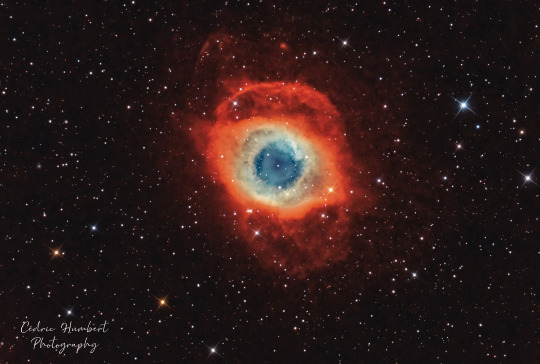
The Helix Nebula, NGC 7293 // Cédric Humbert
71 notes
·
View notes
Text
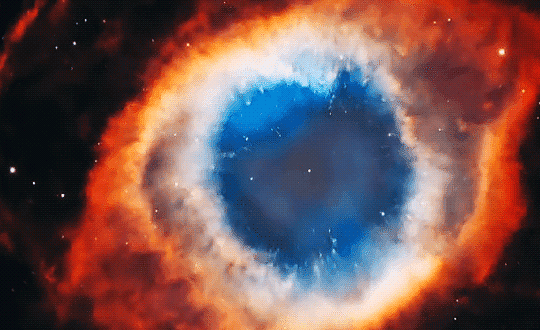
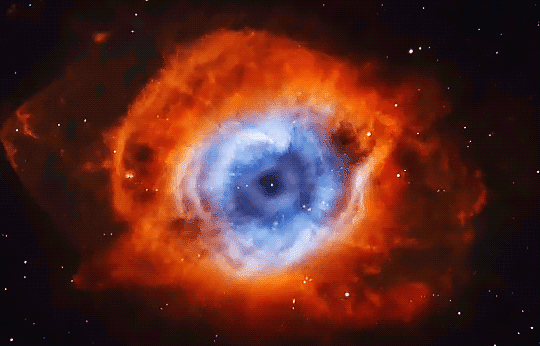
The Eye of God —The Helix (1/2)
#helix nebula#ngc 7293#space#stars#planets#eye of god#universe#solar system#galaxy#nasa#astronomy#astrophotography#night#sky
834 notes
·
View notes
Text
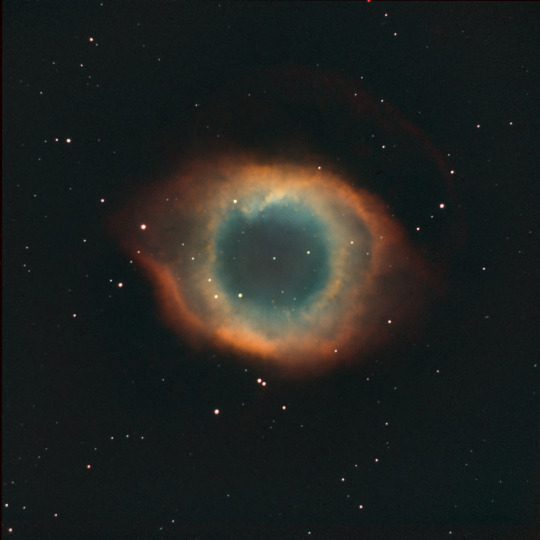
The Helix Nebula (NGC 7293)
10x600" Ha
18x300" O-III
Selective false color to add yellow coloring to Ha channel. First time I've put any kind of artistic spin on the image beyond just baseline color channels and stretching the contrast.
11 notes
·
View notes
Text
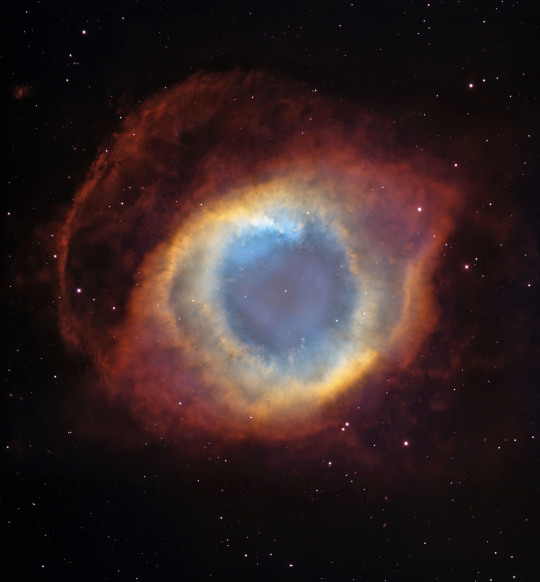
Helix Nebula
94 notes
·
View notes
Text
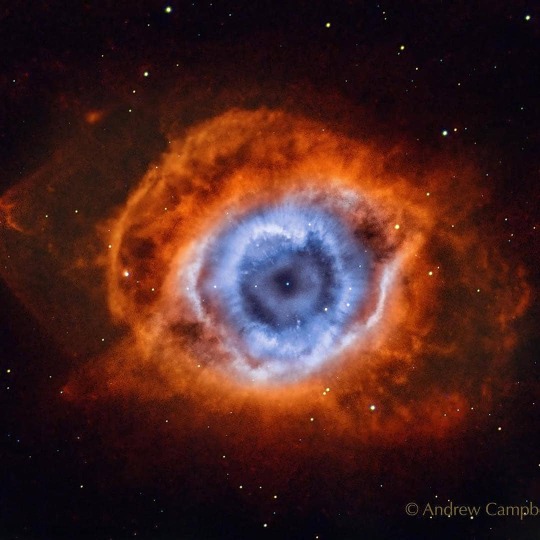
Science & AstronomyThe Helix Nebula is so named because it also appears that you are looking down the axis of a helix. In actuality, it is now understood to have a surprisingly complex geometry, including radial filaments and extended outer loops. The Helix Nebula (aka NGC 7293) is one of brightest and closest examples of a planetary nebula, a gas cloud created at the end of the life of a Sun-like star. The remnant central stellar core, destined to become a white dwarf star, glows in light so energetic it causes the previously expelled gas to fluoresce. The featured picture, taken in the light emitted by oxygen (shown in blue) and hydrogen (shown in red), was created from 74 hours of exposure over three months from a small telescope in a backyard of suburban Melbourne, Australia. A close-up of the inner edge of the Helix Nebula shows complex gas knots of unknown origin.
© NASA (APOD)
#Helix Nebula#nature#NGC 7293#nebula#NASA (APOD)#NASA#universe#space#astronomy#natural#god's creation#godscreation#beauty#love
2 notes
·
View notes
Text
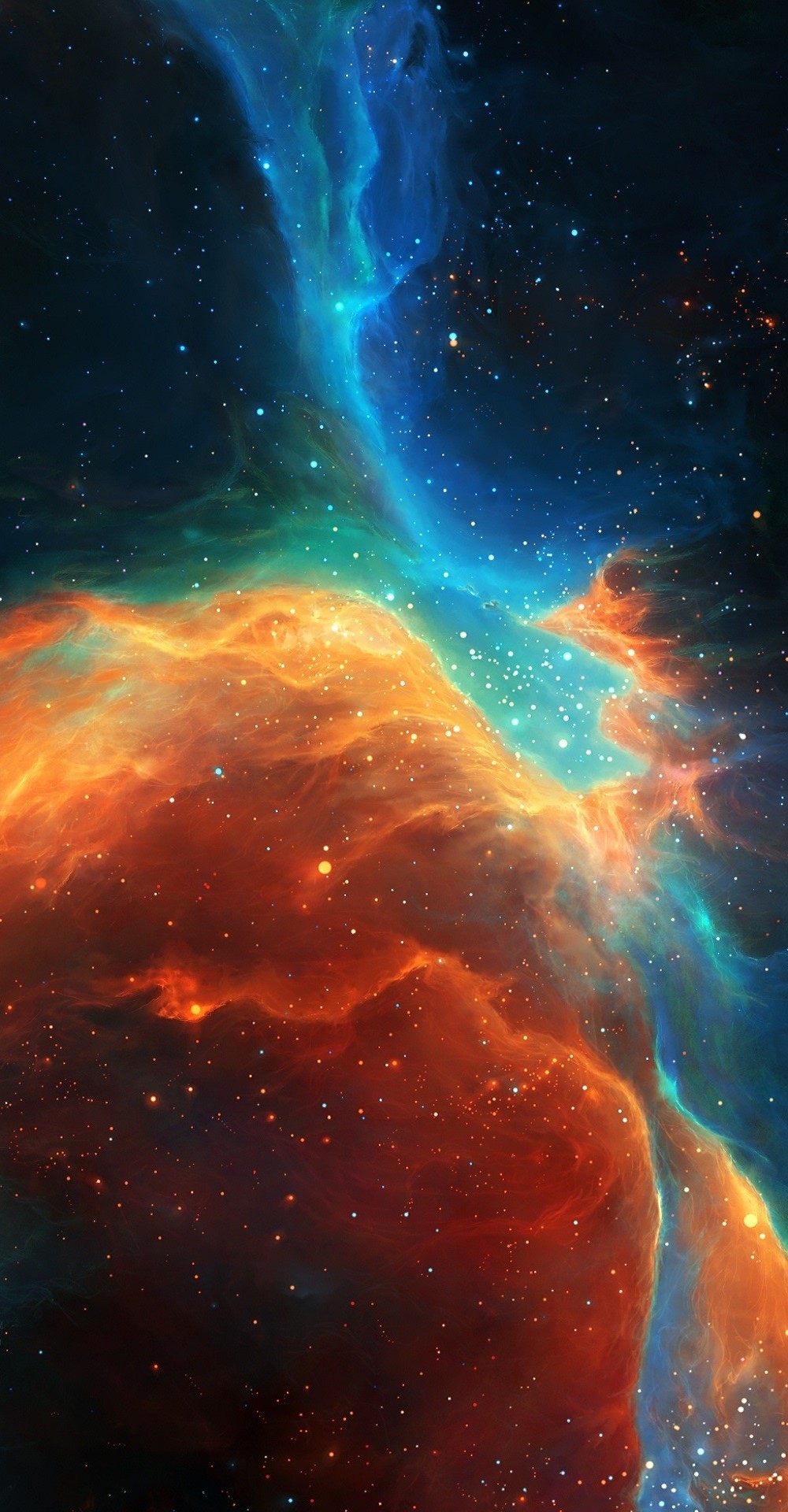
NGC 7293, Helix Nebula
5K notes
·
View notes
Text

NGC 7293 Helix Nebula in Aquarious constellation
Credit: Vista Telescope
#helix#nebula#astrology observations#astrophotography#photographers on tumblr#galaxy#universe#europa#international space station#space photography
5K notes
·
View notes
Photo
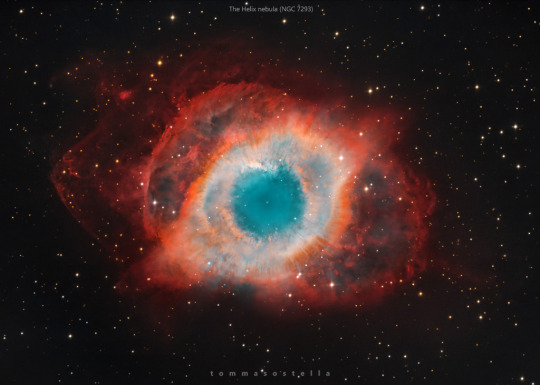
NGC 7293: The Helix Nebula #NASA https://ift.tt/F6IdwnN
0 notes
Text
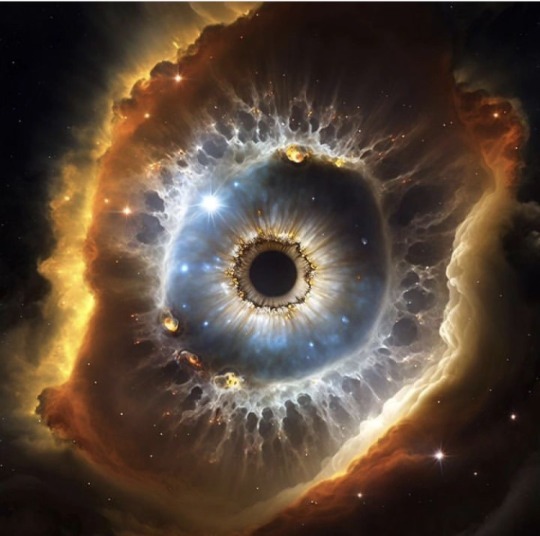
Helix Nebula NGC 7293 Known in popular culture as "God's Eye" and sometimes the "Eye of Sauron"
959 notes
·
View notes
Photo

Helix Nebula NGC 7293 Known in popular culture as "God's Eye" and sometimes the "Eye of Sauron"
niftyandinterestingstuff
217 notes
·
View notes
Text
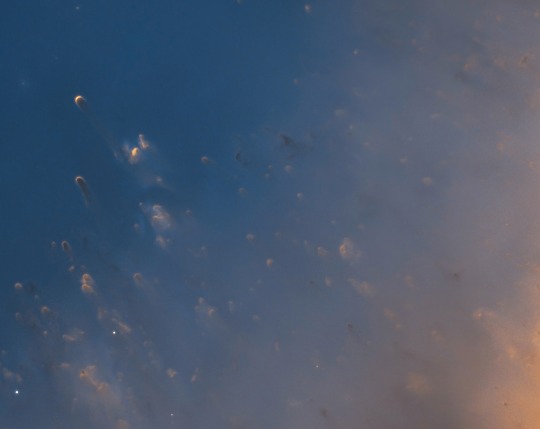

Helix Nebula (NGC 7293)
Credit: Jason Major
1K notes
·
View notes
Text
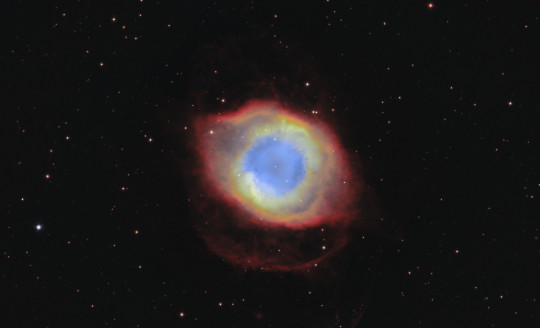
The Helix Nebula, NGC 7293 // Peter Merrick
63 notes
·
View notes
Photo
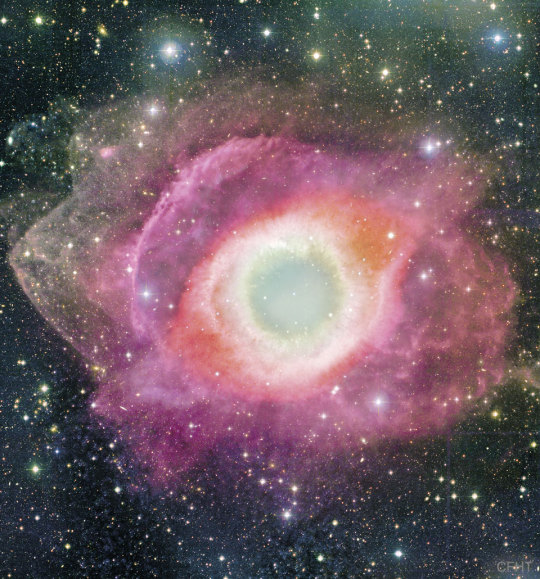
2023 May 7
The Helix Nebula from CFHT
Image Credit: CFHT, Coelum, MegaCam, J.-C. Cuillandre (CFHT) & G. A. Anselmi (Coelum)
Explanation: Will our Sun look like this one day? The Helix Nebula is one of brightest and closest examples of a planetary nebula, a gas cloud created at the end of the life of a Sun-like star. The outer gasses of the star expelled into space appear from our vantage point as if we are looking down a helix. The remnant central stellar core, destined to become a white dwarf star, glows in light so energetic it causes the previously expelled gas to fluoresce. The Helix Nebula, given a technical designation of NGC 7293, lies about 700 light-years away towards the constellation of the Water Bearer (Aquarius) and spans about 2.5 light-years. The featured picture was taken with the Canada-France-Hawaii Telescope (CFHT) located atop a dormant volcano in Hawaii, USA. A close-up of the inner edge of the Helix Nebula shows complex gas knots of unknown origin.
∞ Source: apod.nasa.gov/apod/ap230507.html
331 notes
·
View notes
Photo
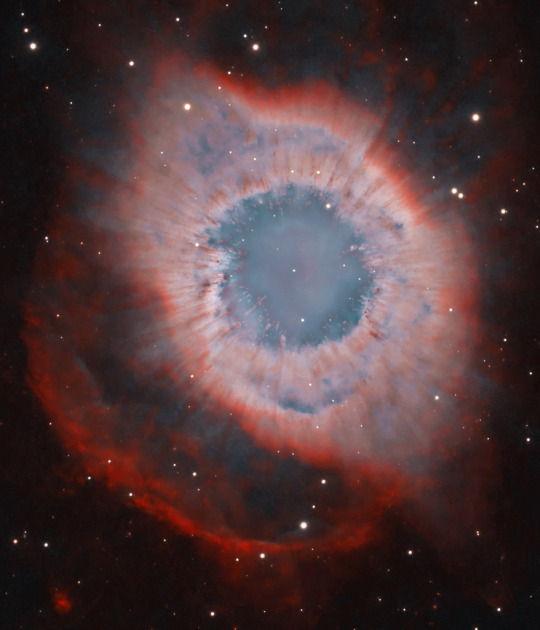
NGC 7293: The Helix Nebula : A mere seven hundred light years from Earth, toward the constellation Aquarius, a sun-like star is dying. Its last few thousand years have produced the Helix Nebula (NGC 7293), a well studied and nearby example of a Planetary Nebula, typical of this final phase of stellar evolution. A total of 90 hours of exposure time have gone in to creating this expansive view of the nebula. Combining narrow band image data from emission lines of hydrogen atoms in red and oxygen atoms in blue-green hues, it shows remarkable details of the Helix's brighter inner region about 3 light-years across. The white dot at the Helix's center is this Planetary Nebula's hot, central star. A simple looking nebula at first glance, the Helix is now understood to have a surprisingly complex geometry. via NASA
1K notes
·
View notes